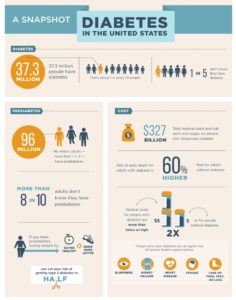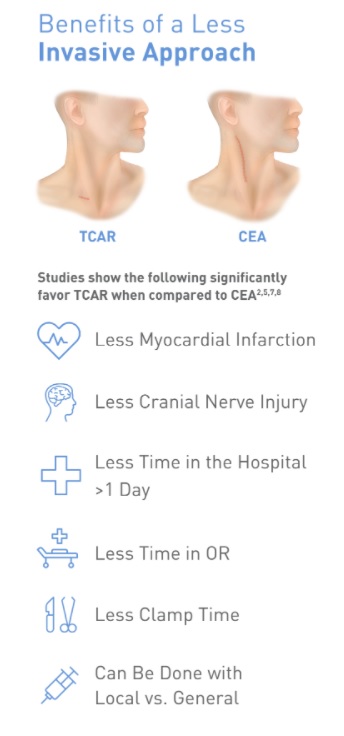“What Can I Do? Who Can Help Me? Who Understands Me?”
If you’re reading this with a lump in your throat, scanning your legs in the mirror, wondering why they don’t look like they did before the baby—or why they’re changing now that you’re pregnant—you’re not alone. And you’re not vain. You’re human. You’re a woman with dreams, goals, and a body that’s doing miraculous work… but that doesn’t mean it’s easy.
At South Bay Vascular Center, Dr. Polly Kokinos doesn’t just treat varicose veins—she sees the women behind them. She understands the hormonal whiplash, the guilt for even caring about appearance when everyone tells you to focus only on the baby, the discomfort you’re told to “just live with.”
This blog is about answering your biggest question with both science and soul: What can I do about varicose veins during and after pregnancy—and who can I trust to help me?
The Truth: Why Varicose Veins Happen During Pregnancy
Over 40% of women develop varicose veins during pregnancy. The causes are layered, deeply biological, and not your fault:
- Hormonal shifts: Elevated progesterone softens vein walls and slows circulation [1].
- Increased blood volume: Your body produces up to 50% more blood to nourish your baby—veins swell to carry it [2].
- Uterine pressure: Your growing uterus presses on the inferior vena cava, slowing blood return from your legs [3].
- Genetics: If your mother had them, your risk is higher [4].
These changes can cause unsightly bulges, heaviness, burning, and aching in your legs—especially at night.
But here’s what no one tells you: Most varicose veins that appear during pregnancy improve within 3–6 months postpartum. Others remain—and that’s where skilled intervention matters.
When to Treat—and When to Wait
Dr. Polly Kokinos has raised four beautiful children of her own. She’s been married for over 30 years. She has balanced motherhood and medicine with remarkable grace. So she’s the first to say: Don’t rush into treatment during pregnancy unless it’s medically necessary.
But postpartum? That’s when your options open up.
- During pregnancy, treatment is conservative:
- Medical-grade compression stockings to promote circulation.
- Elevating your legs.
- Gentle walking, swimming, or prenatal yoga.
- Side sleeping on your left to reduce vein pressure.
- After pregnancy, depending on your body’s response, Dr. Kokinos may recommend:
- Endovenous laser therapy (EVLT)
- Radiofrequency ablation (RFA)
- Microphlebectomy
Each treatment is minimally invasive, highly effective, and carefully timed with your body’s healing rhythm. But timing and judgment are critical—and that’s where experience matters.
Why Dr. Polly Kokinos Is Unmatched in Treating Women with Post-Pregnancy Veins
Dr. Kokinos is not just board-certified in both General Surgery and Vascular Surgery—a distinction fewer than 2% of all practicing vein doctors hold—she trained at Columbia, UCSF, and Washington University, three of the most elite institutions in the country.
Her precision is surgical. Her eye is artistic. Her heart is maternal.
She’s walked this walk—balancing beauty, confidence, motherhood, exhaustion, and reinvention. And when she treats women with pregnancy-related varicose veins, it’s never just about the veins. It’s about what they represent: loss of control, fear of aging, physical discomfort, the grief of body changes, and the quiet hope that you’ll still feel beautiful again.
With Dr. Kokinos, you will.
The Emotional Toll—and Why It’s OK to Want More
Too often, women are told to “suck it up.” But let’s be clear: physical pain, nightly leg cramps, restless legs, and visible leg changes are not just cosmetic.
You’re not selfish for wanting:
- Relief from the pain.
- To wear a dress again without second-guessing.
- To feel like you again.
You’re allowed to grieve changes. And you’re allowed to fix them.
As one of Dr. Kokinos’s patients said:
“She gave me back my legs. And with them, she gave me back a part of myself I thought I had to lose to become a mom.”
You Have Options. You Have Hope. You Have Her.
No woman should feel dismissed, patronized, or minimized when she seeks care after or during pregnancy.
With Dr. Polly Kokinos, you are heard, seen, and treated with precision and grace.
So if you’re wondering what’s next, here’s the answer:
- Start with a compassionate consultation.
- Learn about your unique anatomy and timeline.
- Get a plan built not just around your legs—but around your life.
Dr. Kokinos offers hope with no pressure. Expertise without ego. And the kind of medical partnership every woman deserves.
Citations
- Trost, S. U., et al. (2005). “Vascular effects of progesterone in pregnancy.” Circulation Research, https://doi.org/10.1161/01.RES.0000187503.97738.0c
- Cunningham, F. G., et al. (2014). Williams Obstetrics, 24e. McGraw-Hill Education.
- Parsi, K. (2010). “Pathogenesis of varicose veins.” Journal of Vascular Surgery, https://doi.org/10.1016/j.jvs.2009.07.134
- Labropoulos, N., et al. (2005). “The role of hereditary and acquired risk factors in the development of varicose veins.” Journal of Vascular Surgery, https://doi.org/10.1016/j.jvs.2005.05.046


